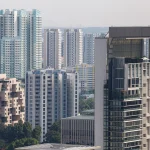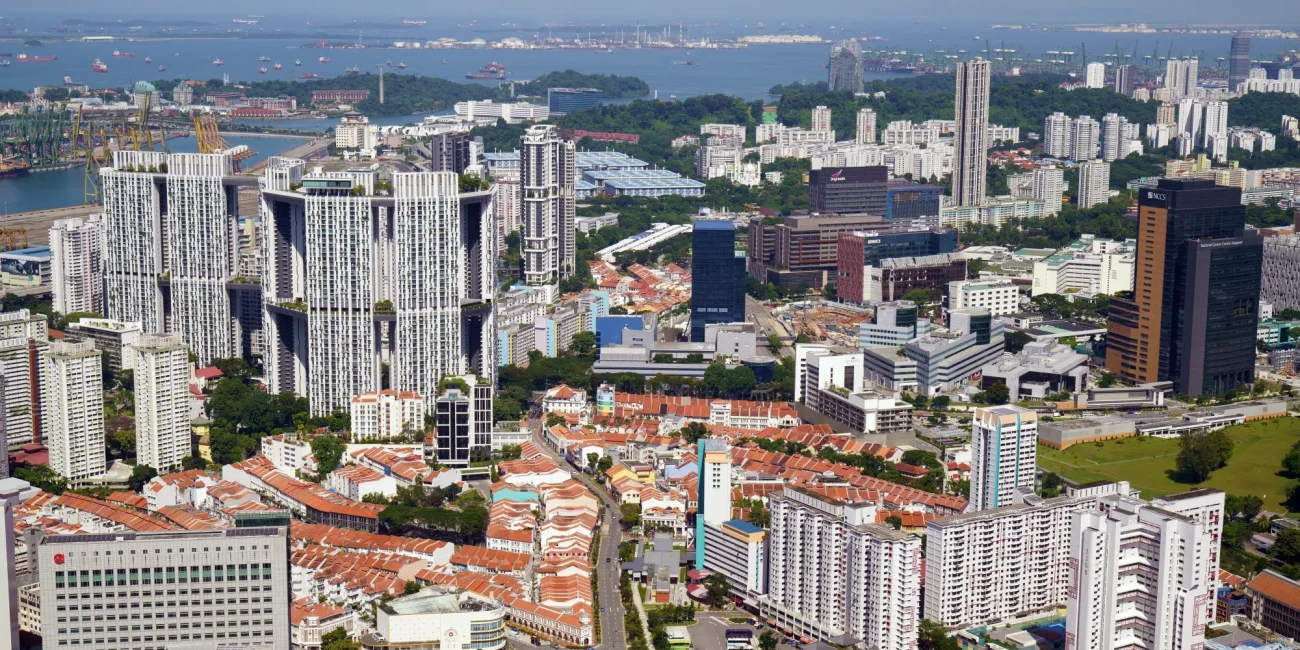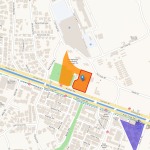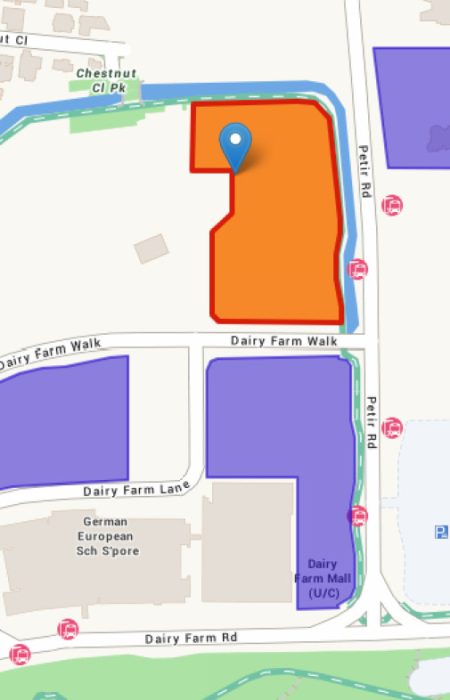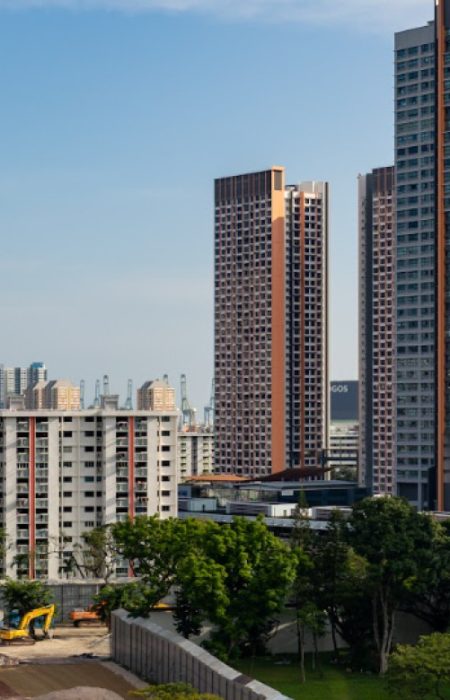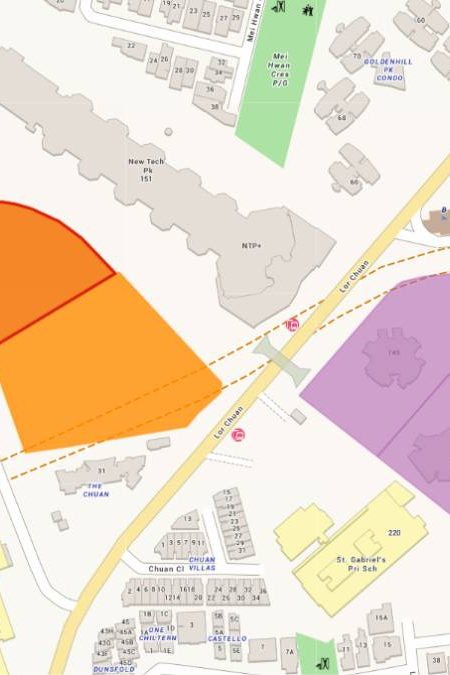The Government Land Sales (GLS) programme plays a vital role in shaping Singapore’s housing supply. In 2025, the government has increased GLS activity to ensure stability and prevent runaway property prices.
Higher Land Supply in 2025
In H1 2025, GLS released sites for 8,505 private residential units, compared to 8,140 in 2H 2024. This marks one of the largest supply increases in recent years.
Competitive Bidding by Developers
Prime sites continue to draw aggressive bids from developers, particularly those near MRT lines and central estates. Strong bidding reflects confidence in Singapore’s long-term property demand.
Why GLS Matters to Buyers
GLS ensures a steady supply of new housing. By controlling the pace and volume of land released, the government can moderate housing prices and ensure affordability for future buyers.
Impact on New Launches
Sites awarded in 2025 will become new launches by 2027–2028. Investors monitor GLS announcements to anticipate hot future projects and pricing trends.
Challenges Facing GLS
- High land prices may push up end-unit costs.
- Construction delays remain a risk.
- Policy environment creates caution among some developers.
Outlook for 2025 and Beyond
GLS will remain central to Singapore’s property market stability. As demand for housing grows with population and economic expansion, GLS ensures both private and public segments have sufficient supply.
Conclusion
GLS in 2025 underscores Singapore’s proactive approach to housing. By balancing developer demand with public affordability, GLS creates a sustainable property environment for years ahead.



